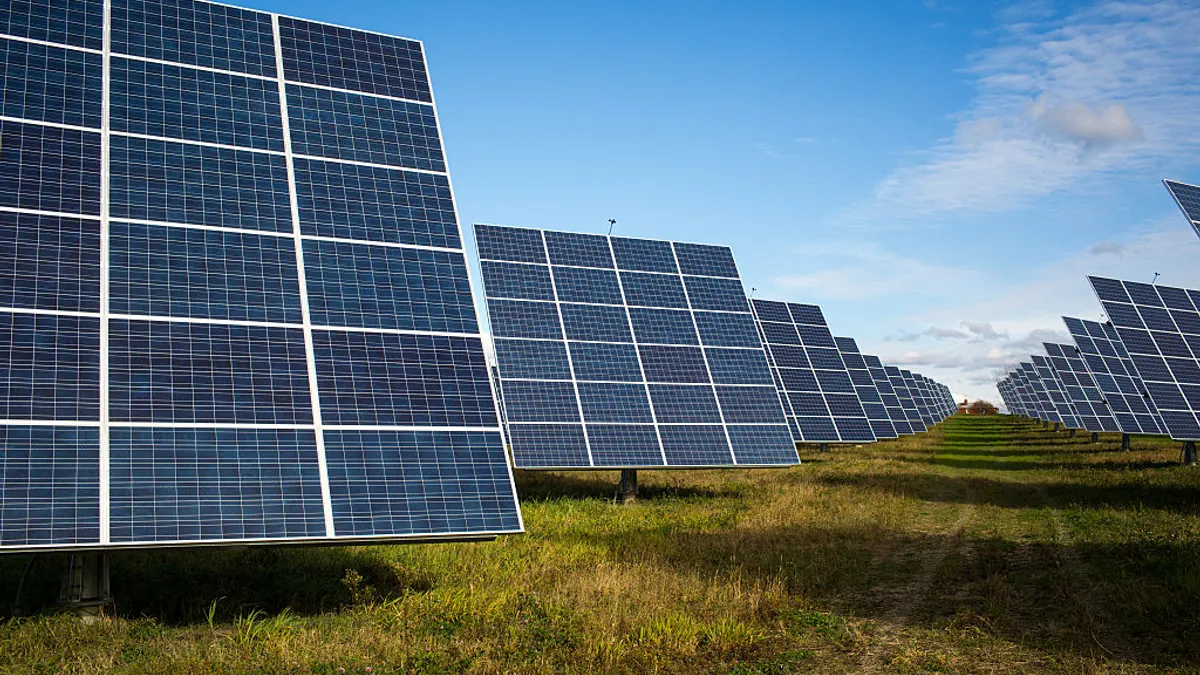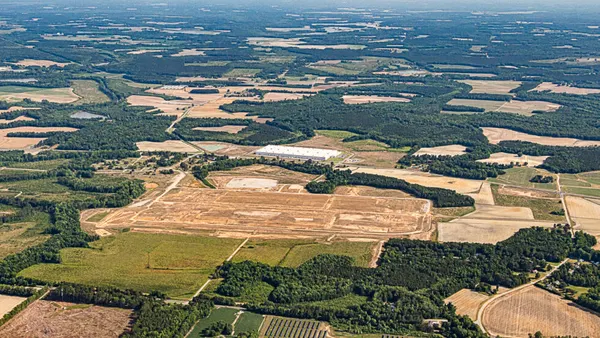The manufacturing industry continues to lose jobs, as the U.S. Bureau of Labor Statistics reported 12,000 cuts in August, according to a Sept. 5 news release.
While there isn’t much change, it’s a 70% improvement year over year, which the agency reported as an estimated 40,000 jobs lost in August 2024.
Job additions and losses since in 2025
The transportation equipment sector — which accounts for the manufacturing of motor vehicle bodies, trailers and parts, as well as aerospace products and ship and boat building — was hit the hardest, with 14,500 job losses due to worker strikes, the agency said in the release.
Last month, over 3,200 machinists walked off the job at Boeing’s jet fighter plants in Illinois and Missouri after the company and the International Association of Machinists and Aerospace Workers District 837 failed to reach an agreement before the contract expired July 28. The union-represented workers continued to work until Aug. 4, hoping to reach a deal by then.
Later that same month, more than 600 workers went on strike at GE Aerospace’s Ohio and Kentucky facilities after the company and United Auto Workers Local 647 failed to reach a deal before the contract expired Aug. 28.
The computer and electronic product sector lost 2,100 jobs, while its subsector semiconductor and electronic component job cuts totaled 3,700.
June and July’s numbers were adjusted, with the losses changed to 17,000 and 2,000, respectively. The BLS previously reported 15,000 in June and 11,000 in July.
Meanwhile, other manufacturing sectors added jobs in August. Plastics and rubber products added 4,300 jobs, food added 3,100 and chemical added 2,400. Textile product mills and machinery added 1,300 and 1,200, respectively.
Manufacturing unemployment rate slightly increased YoY with 3.8%, which is an estimated 555,000, according to the BLS report.
July separations, which include quits, layoffs and discharges, reached 324,000, down approximately 5% YoY, per a BLS report released on Sept 3. Job openings decreased by 12.4% to 437,000 compared to last year, but it’s an estimated 10.4% increase month over month. Hires decreased about 10% YoY to 314,000, though it’s an improvement compared to June’s 293,000.
Uncertainty continues to be a factor for many manufacturers, Susan Spence, chair of the Institute for Supply Management’s Manufacturing Business Survey Committee, said in a call last week.
While Spence was optimistic about inventories recovering, she adds that production is down as manufacturers continue to navigate employment and pricing challenges. Although some companies struggle with hiring, Spence said more survey comments are coming in that suggest employers are not replacing people who have either left or been laid off, or closing factories.
“We believe that we’re not going to see a big turnaround until we have tariff deals set and not changing,” Spence said.
Manufacturing sectors that added jobs and were hit the hardest in August 2025
Scott Paul, president of the Alliance for American Manufacturing, said in a statement that the August jobs “should hopefully” push on two “important” actions.
“First, a cut in interest rates by the Federal Reserve,” Paul said. “Second, concluding tariff actions and trade deals to provide businesses with the certainty they need to hire, invest in new capital equipment, and realign supply chains. Manufacturing will be treading water until we see those changes.”
The AFL-CIO points to the Trump administration’s policies for the U.S. job market’s August results, according to a Sept. 5 press release.
“Manufacturing was down by more than 30,000 jobs last month — and more than 75,000 jobs so far this year — while the Trump administration continues to actively fire more workers by stopping work on key infrastructure projects like Revolution Wind,” the national labor organization said in an unattributed statement.
Revolution Wind is a 700-megawatt offshore wind farm that was close to being completed and set to supply energy to Rhode Island and Connecticut. Work on the project was stopped Aug. 22 in compliance with an order from the Department of the Interior’s Bureau of Ocean Energy Management, said project developer Ørsted. Connecticut and Rhode Island officials, along with Ørsted, said last week they planned to sue the Trump administration because he did not have the authority to block the project, the AP News reported.












